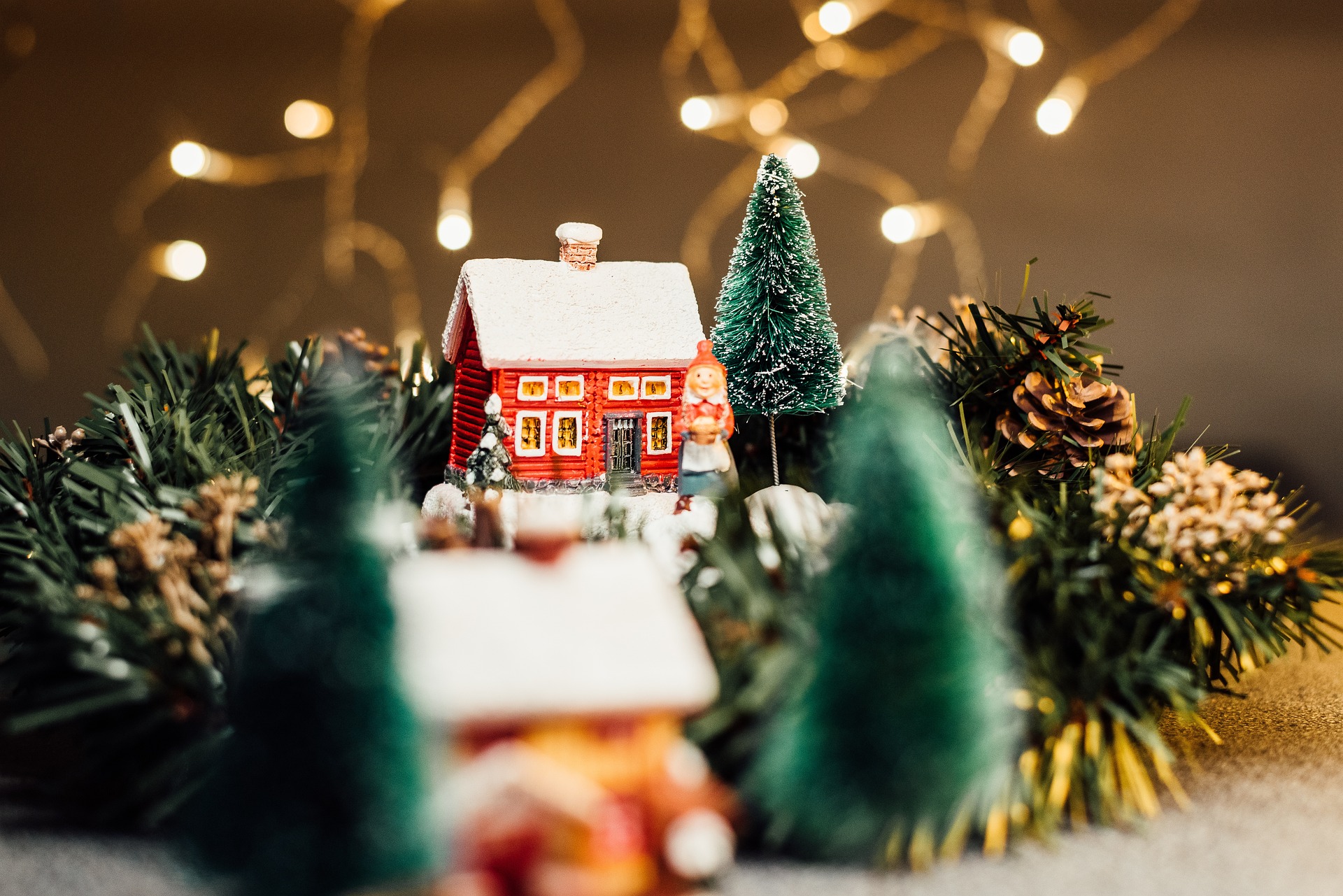Christmas Light Design Tips: Ways to Elevate Your Home & Garden for The Holidays
Transform your property into a festive wonderland with strategic Christmas light placement and design techniques. From selecting appropriate lighting types for different environments to understanding current trends in holiday illumination, proper planning ensures your seasonal display captures attention while maintaining safety and efficiency throughout the celebration period.

Creating an impressive Christmas light display requires careful consideration of various factors, from technical specifications to aesthetic preferences. Modern holiday lighting has evolved significantly, offering homeowners numerous options to customize their seasonal presentations while balancing visual impact with practical considerations.
Indoor vs. Outdoor Use: Choosing the Right Lights for Every Setting
Selecting appropriate lighting depends heavily on installation location and environmental conditions. Indoor applications allow for delicate string lights, battery-operated options, and decorative elements that wouldn’t withstand outdoor weather conditions. These typically feature lower voltage requirements and focus more on ambiance than visibility from distance.
Outdoor installations demand weather-resistant materials, proper electrical ratings, and consideration for temperature fluctuations. LED lights have become the preferred choice for exterior displays due to their durability, energy efficiency, and longevity. When choosing between indoor and outdoor options, examine IP ratings, which indicate protection levels against moisture and debris. Outdoor lights should have minimum IP44 ratings for basic weather protection.
Tips and Design Trends For Christmas Light Design
Contemporary Christmas lighting emphasizes layered illumination and strategic focal points rather than overwhelming brightness. Current trends favor warm white LEDs combined with selective color accents, creating sophisticated displays that complement architectural features. Popular techniques include wrapping tree trunks and major branches, outlining rooflines and windows, and creating depth through varied light densities.
Design professionals recommend the 100-lights-per-foot rule for dense coverage on trees and bushes, while architectural outlining typically requires 4-6 inches between individual bulbs. Color coordination has shifted toward monochromatic schemes or limited palettes, moving away from the multicolored approach of previous decades. Programmable lights and smart controllers allow for dynamic displays with timing sequences and dimming capabilities.
Christmas Light Installation Services and Methods
Professional installation services have grown significantly as displays become more complex and safety concerns increase. These services typically handle design consultation, equipment procurement, installation, maintenance, and seasonal removal. Professional installers possess specialized equipment for reaching elevated areas safely and understand electrical requirements for large-scale displays.
DIY installation remains popular for smaller projects, requiring basic electrical knowledge and safety equipment. Essential tools include extension cords rated for outdoor use, timers, clips designed for various surfaces, and proper ladder safety equipment. Ground fault circuit interrupter (GFCI) outlets are mandatory for outdoor electrical connections to prevent electrical hazards.
| Service Type | Provider Examples | Cost Estimation |
|---|---|---|
| Basic Installation | Local Electricians | $200-500 per project |
| Full-Service Design | Christmas Light Companies | $800-2,500 per season |
| Equipment Rental | Home Improvement Stores | $50-150 per month |
| Professional Maintenance | Seasonal Service Companies | $100-300 per visit |
Prices, rates, or cost estimates mentioned in this article are based on the latest available information but may change over time. Independent research is advised before making financial decisions.
Safety considerations remain paramount regardless of installation method. Electrical loads should never exceed circuit capacity, and all connections must remain dry and secure. Regular inspection during the display period helps identify potential issues before they become hazardous. Many municipalities have specific regulations regarding holiday displays, particularly for commercial properties or elaborate residential installations.
Timing systems and energy management contribute significantly to both cost control and visual impact. Smart controllers allow homeowners to create sophisticated lighting schedules that can gradually increase intensity as evening progresses or synchronize with music for special occasions. These systems also enable remote monitoring and control, providing convenience and security benefits.
Successful Christmas light displays balance creativity with practicality, considering factors such as neighborhood aesthetics, electrical capacity, and maintenance requirements. Whether pursuing simple elegance or elaborate spectacle, proper planning and quality materials ensure safe, attractive results that enhance the holiday experience for families and communities alike.




